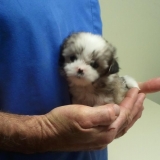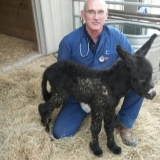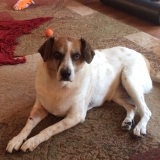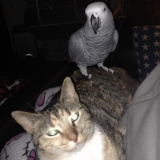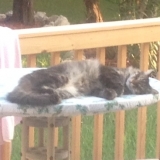The Up and Up on Hind legs
It's a pretty common circus sight; animals from dogs to cats to elephants walking on their hind legs. Other than the trick of walking on hind legs, front legs get to do all the glamour work. Dogs and cats can be taught to shake hands, high five, count by tapping and more. Nobody seems to pay much attention to the hind legs...until they stop working.
Loss of function of the hind legs is serious and can have a bewildering number of possible causes. Any loss of function of the hind legs is reason to call your veterinarian. Very roughly the causes of hind leg problems can be divided into three areas; neurological, physical trauma and circulatory.
Physical trauma can be something as simply as a torn toenail to something more serious. Physical trauma can be subdivided into skeletal issues including broken bones and congenital issues like hip dysplasia and soft tissue problems. One of the more common soft tissues problems is a partially or fully torn anterior cruciate ligament (ACL). Arthritis can be a cause of poor hind leg function. Problems with the kneecap can create difficulty in moving the hind legs.
Neurological problems can be harder to pin down. Long dog breeds, notably dachshunds, by virtue of their conformation are subject to spinal issues. Sometimes brain tumors or head trauma can cause neurological signs.
In cats, circulatory issues can cause a sudden loss of hind limb mobility. Blood clots can cause a lack of circulation to the hind limbs. This is an urgent medical condition and immediate veterinary care is necessary.
Horses can have a wide variety of hind limb problems. A complete diagnostic work up is often necessary to determine the location of the problem. The work-up can include radiograqhs, flexion tests and nerve block. Treatments can range from medication and rest to surgical intervention.
As in horses, such a wide variety of causes, the number of treatment options is just as large. What is suitable for treating a neurological cause is not going to be suitable for a soft tissue problem. This is why it is so important to get an accurate diagnosis before embarking on any treatment or surgical plan.
The best prevention an owner can put in place is maintaining an appropriate weight for your pet. Good muscle tone is important as well. If you notice your pet not using their back legs appropriately, please give us a call. The sooner the treatment can be done, the better.



